Biblioteca

- Posted: 4 enero, 2012
- By: Instituto Internacional
- Comments: No Comments
Nuevo número recibido de: The Economist (December 31st 2011– January 6th 2012)
Índice de éste número en página The Economist Magazine. Ver números disponibles en la biblioteca
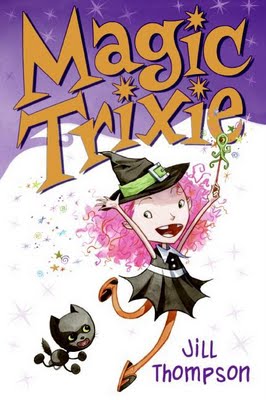
- Posted: 4 enero, 2012
- By: Instituto Internacional
- Comments: No Comments
La colección en uso
“Magic Trixie” written and illustrated by Jill Thompson “Magic Trixie doesn’t understand why no one will take her seriously! First, she’s not allowed to do anything fun, while her baby sister gets away with everything, and then she needs to come up with a trick that’s really special to impress her friends. Luckily Trixie has
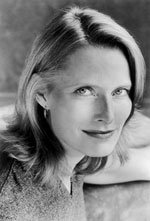
- Posted: 4 enero, 2012
- By: Instituto Internacional
- Comments: No Comments
Selección semanal de noticias sobre la cultura estadounidense en la prensa española
Entrevista con Jennifer Egan en relación con su novela “El tiempo es un canalla”, último Premio Pulitzer de literatura. Artículo de BARBARA CELIS en Babelia el 30/12/2011. Leer completo. Reseña sobre “El tiempo es un canalla” de Jennifer Egan. Artículo de EDMUNDO PAZ SOLDÁN en Babelia el 30/12/2011. Leer completo. Reseña sobre el libro “Contra
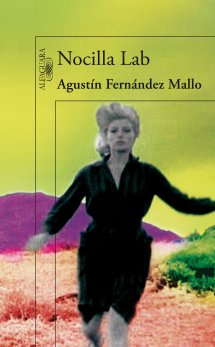
- Posted: 3 enero, 2012
- By: Instituto Internacional
- Comments: No Comments
La colección en uso
“Nocilla lab: hacia un nuevo paradigma” por Agustín Fernández Mallo “El desastre de Chiang Mai durante un viaje a Tailandia fue la azarosa oportunidad para que Agustín Fernández Mallo volcara en un relato tripartito sus experiencias con esa cosa tan extraña llamada Mundo. Nocilla Lab es el cierre lógico y multidisciplinar del Proyecto Nocilla.” Extraído

- Posted: 3 enero, 2012
- By: Instituto Internacional
- Comments: No Comments
Library Storytelling Morning activity for January 2012
Come to the “tellebration” with us! Monthly Saturday morning meetings from October to June where kids can enjoy selected stories in English. This month with Marcus Giovanni Siconolfi (Marcus) as storyteller. Recommended for children between the ages of 4 – 8. Thirty-five children per session and two adults per child maximum. 45 minutes approx. The activity
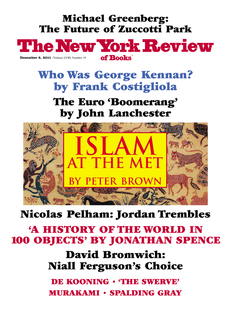
- Posted: 3 enero, 2012
- By: Instituto Internacional
- Comments: No Comments
Nuevo número recibido de: THE NEW YORK REVIEW OF BOOKS (vol. LVIII, nº 19. December 8-21, 2011)nov
Sumario de este número en The New York Review of Books Ver además página web de la revista Ver números disponibles en la biblioteca
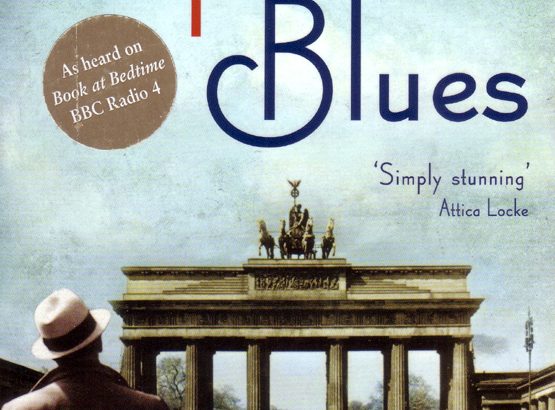
- Posted: 2 enero, 2012
- By: Instituto Internacional
- Comments: No Comments
La colección en uso
“Half blood blues“ by Esi Edugyan “Half Blood Blues begins in Paris, in 1940, to which the remaining members of a German Jazz band have fled, only to be followed by the Gestapo and the terror of Nazi occupation. The band, Hot Time Swingers – a part Afro-German, part Jewish, part African American ensemble –were
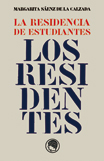
- Posted: 2 enero, 2012
- By: Instituto Internacional
- Comments: No Comments
Las novedades destacadas de la semana
“La Residencia de Estudiantes: los residentes” por Margarita Sáenz de la Calzada “La Residencia de Estudiantes, desde su creación en 1910 hasta 1936, fue el primer centro cultural de España y una de las experiencias más vivas y fructíferas de creación e intercambio científico y artístico de la Europa de entreguerras. Margarita Sáenz de la
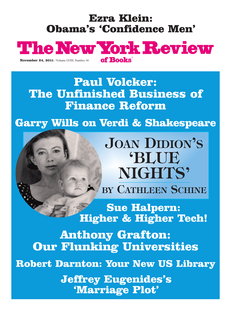
- Posted: 2 enero, 2012
- By: Instituto Internacional
- Comments: No Comments
Nuevo número recibido de: THE NEW YORK REVIEW OF BOOKS (vol. LVIII, nº 18. November 24-December 7, 2011)
Sumario de este número en The New York Review of Books Ver además página web de la revista Ver números disponibles en la biblioteca
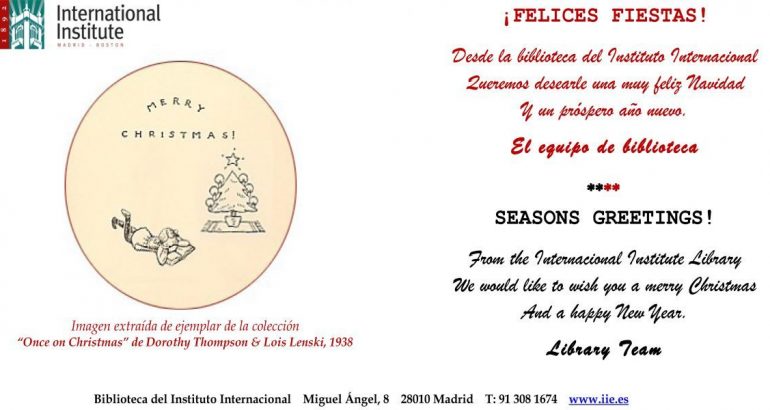
- Posted: 23 diciembre, 2011
- By: Instituto Internacional
- Comments: No Comments
Cierre de la biblioteca en Navidad
Del 24 de diciembre al 1 de enero (ambos incluidos) la biblioteca permanecerá cerrada, reanudándose el servicio a partir del día 2 en el horario habitual. ¡FELICES FIESTAS!



